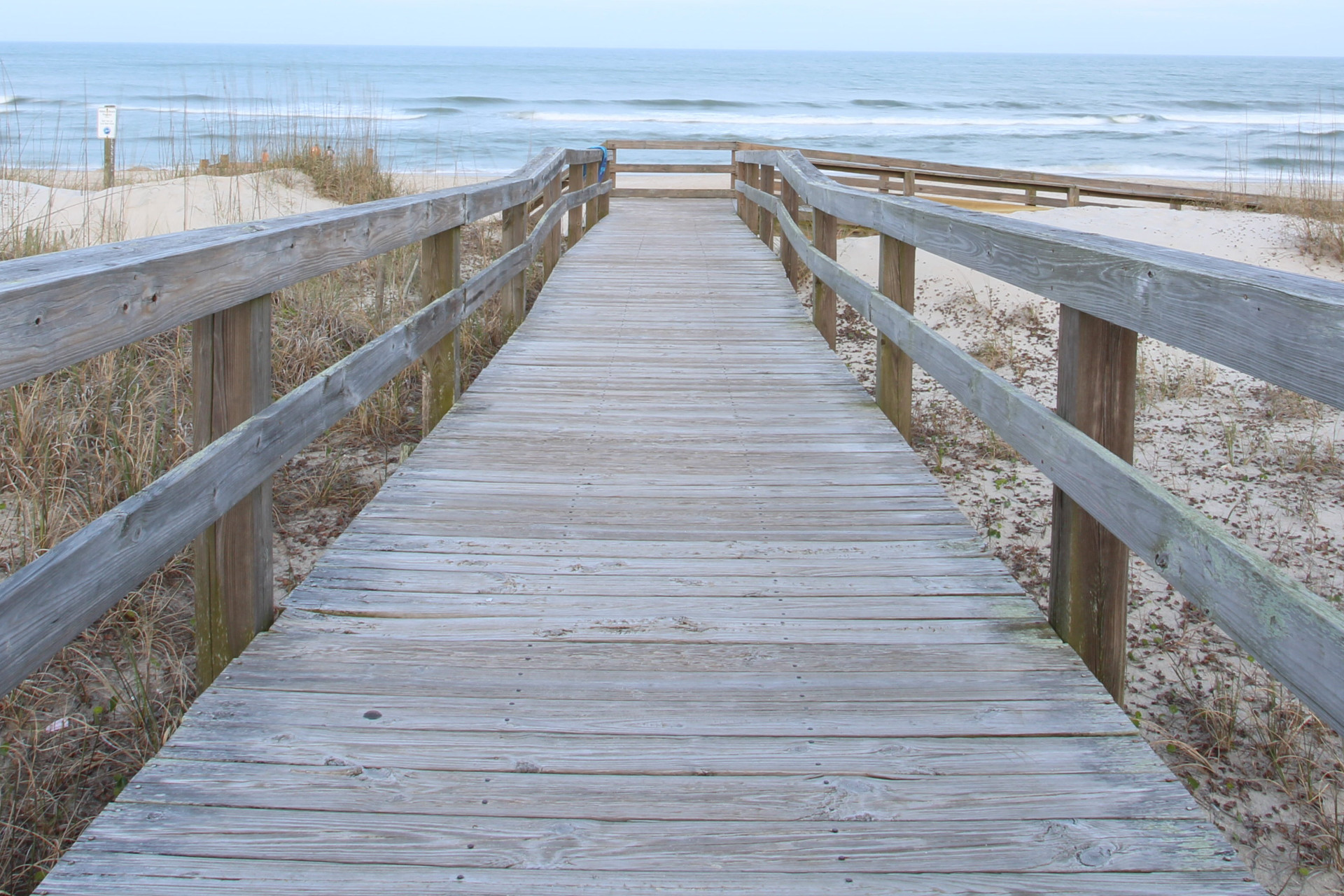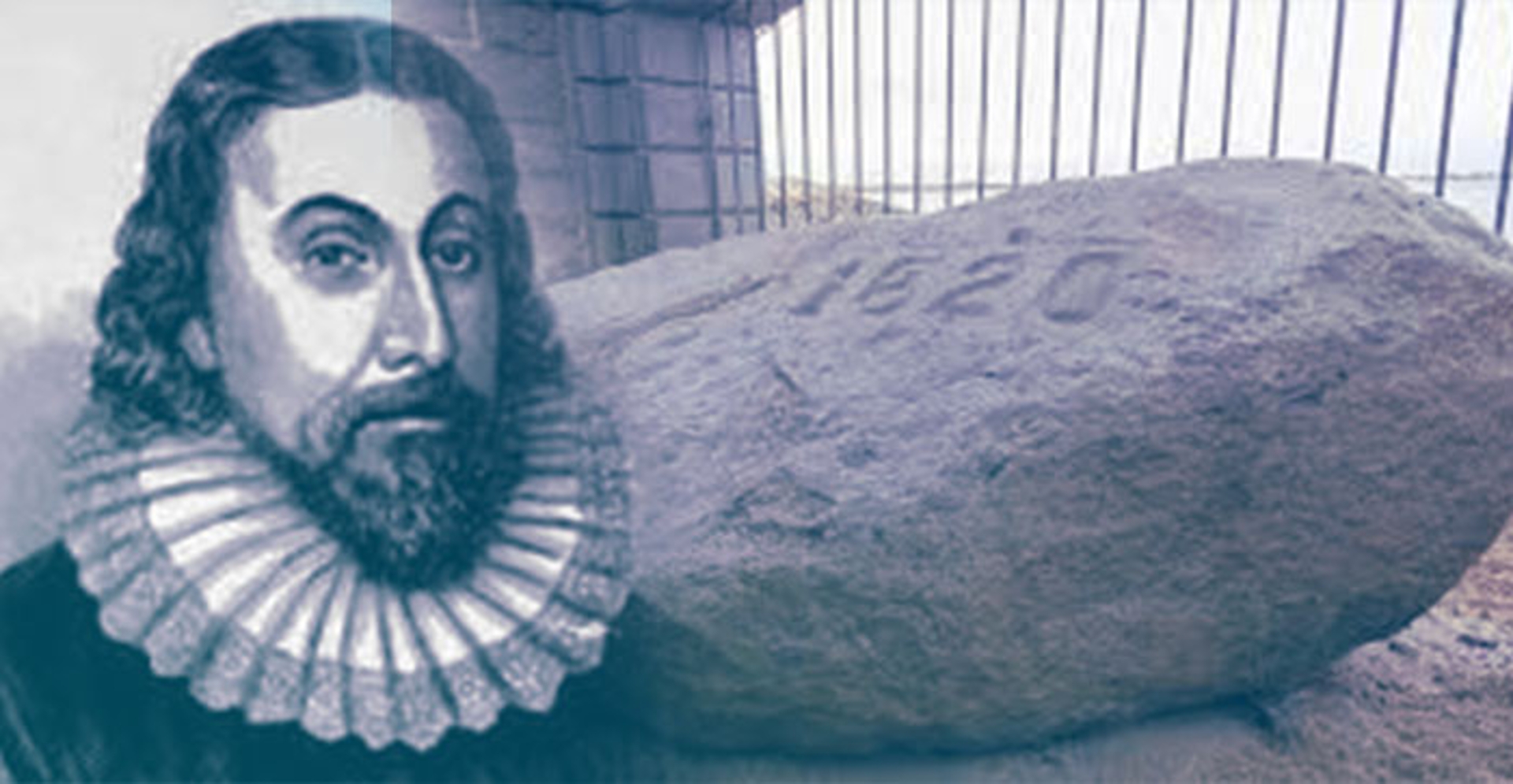21
Nov 2018
By Kathi Ferguson
Perhaps one of the most remembered lessons in American history is of the Mayflower bringing the Pilgrims to Plymouth in November 1620. However, the fact that Plymouth Rock was the Pilgrims’ first steppingstone to the New World seems to lack historical proof.
The renowned ship, carrying just over 100 hearty passengers, was originally bound for Virginia, north of Jamestown. After becoming lost at sea, they ultimately landed on the tip of Cape Cod. It was not until one month later that they sailed to safer harbors and arrived in Plymouth.
According to oral tradition, Plymouth Rock was where William Bradford and his fellow Mayflower passengers first set foot on land. Bradford was the governor of Plymouth Colony for 30 years, overseeing the courts, the colony’s finances, and formulated policy with regards to Indians. He is also credited with establishing what we now call Thanksgiving.
The first declaration that this famous piece of granite was indeed the landing place of the Pilgrims was made in 1741 (121 years after the arrival of the Mayflower) by 94-year-old Thomas Faunce. A church elder, Faunce said his father, and several of the original Mayflower passengers, assured him that Plymouth Rock was the specific landing spot.
Fast forward to 1774. As a revolutionary fever swept through Plymouth, it is believed that some of the town’s most fervent patriots moved the rock from shore to a place next to the liberty pole in Plymouth’s town square. As luck would have it, the boulder accidentally broke in two while it was being lifted into the carriage. “The Mother Rock”, as it is known, remained in place and the other piece of rock was moved to town. In 1880, at the same time that America was mending from the Civil War, the two pieces of rock were reunited back on the shore and cemented together. The date “1620” was carved on its surface - but not before a number of pieces had been broken off and chipped away at by 18th and 19th century souvenirs hunters.
As it exists today, the Rock is estimated to be about one-third to one-half of its original size, weighing approximately 10 tons, but still remains a colossal symbol of America Plymouth Rock is part of Pilgrim Memorial State Park in Plymouth, Massachusetts, attracting upwards of one million visitors each year.






